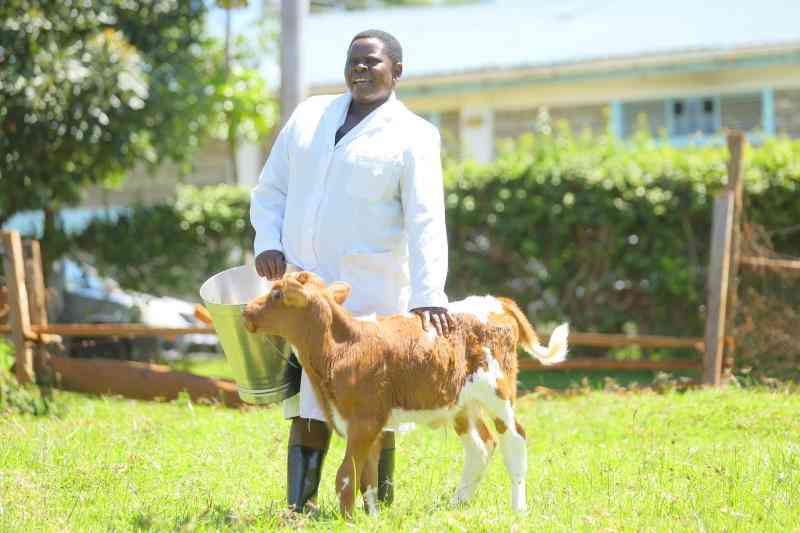
Kisii Agricultural Training Center Livestock Officer Caroline Kisera with some of their calfs. [Sammy Omingo, Standard]
Dear Daktari, I read with a lot of keenness the article you wrote on welcoming a young calf. Last year, I lost my calf a few days after birth and my vet said the cause of death was a lack of enough colostrum. The cow suffered prolonged labour and when the calf finally came, it was lethargic and did not suckle as required. We tried bucket feeding but the calf suffered diarrhoea and died about a week into its life. [Alfonse Opiyo, Kitale]